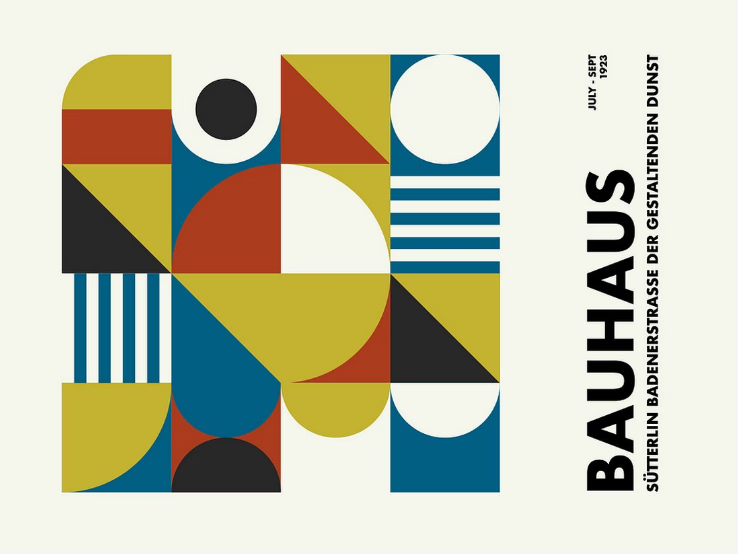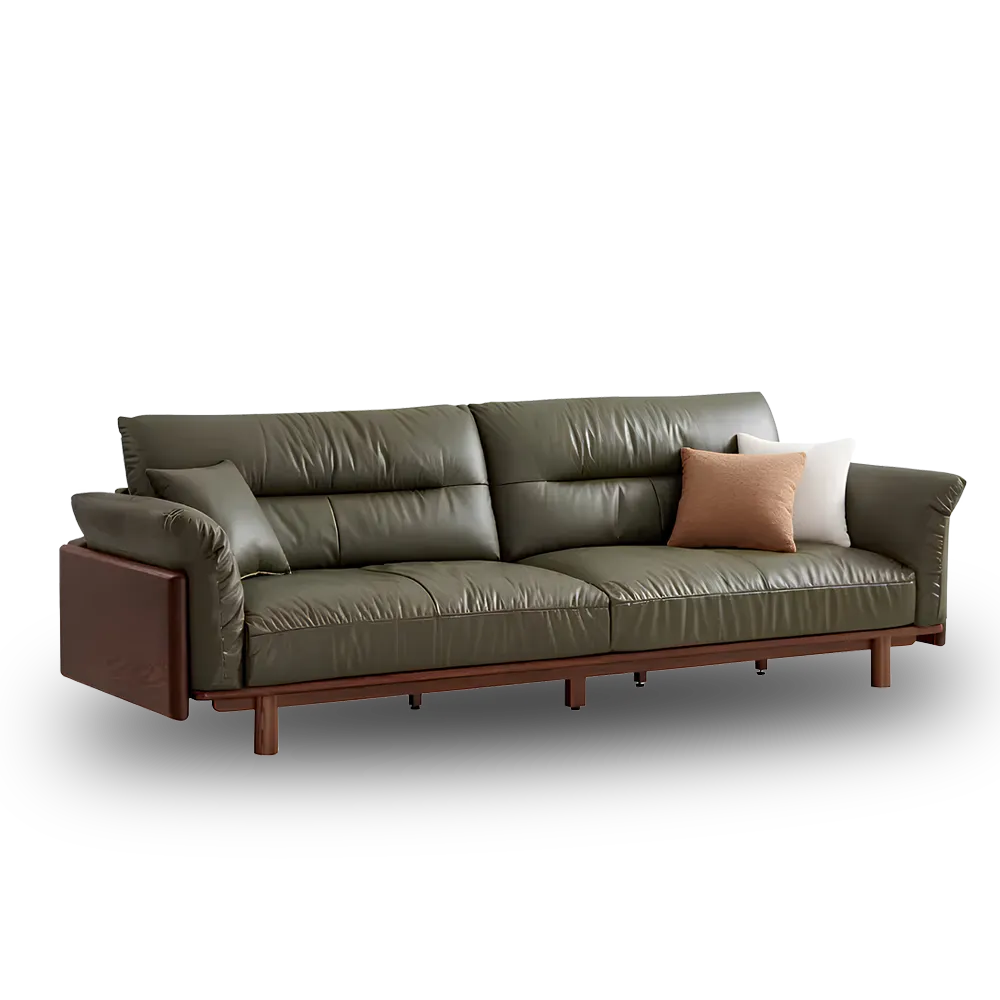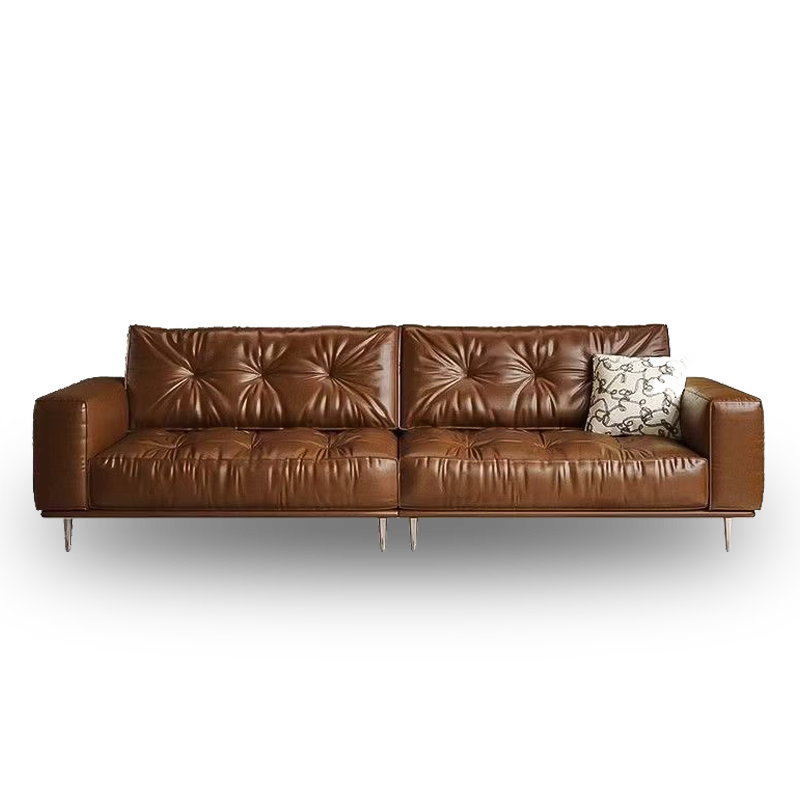
In the long history of design development, Bauhaus is undoubtedly a shining milestone that has exerted a profound impact on the direction of modern design. In the current design field, Livenon has emerged with its unique design style and concepts. Upon in-depth exploration, it is found that there are inextricable connections between Livenon and Bauhaus—featuring both the inheritance of classic concepts and innovations based on the development of the times.
Bauhaus: The Cornerstone of Modern Design
Founded in Germany in 1919, Bauhaus, as the world’s first institution entirely established for the development of design education, marked the beginning of modern design education. Its founder, Walter Gropius, held a utopian vision of transforming the world through design, aiming to perfectly integrate art with craft techniques to address the various issues brought about by the Industrial Revolution.
In terms of design theory, Bauhaus put forward three pioneering fundamental viewpoints. First, it advocated for a “new unity of art and technology,” breaking the traditional separation between art and technology. It strived to make technology support artistic expression while art endowing technology with a soul. For example, in architectural design, it abandoned the cumbersome decorations of traditional architecture and adopted new building materials and structural technologies to create a concise and functional architectural appearance. Second, it clearly defined that “the purpose of design is people, not products,” emphasizing that design should meet the actual needs of people and focus on the user experience. This concept urged designers to create from the perspective of people’s lives and work, rather than merely pursuing the formal aesthetics of products. Third, “design must follow the laws of nature and objectivity,” requiring design to be based on the characteristics of materials, production processes, and other objective conditions—ensuring that design outcomes not only meet practical production requirements but also align with the natural environment.
Bauhaus also had a distinctive educational system, integrating architecture, design, craftsmanship, painting, sculpture, and other fields into its education scope, making it a comprehensive design institution. Various workshops were set up on campus, such as metalworking, woodworking, ceramics, textiles, and photography, allowing students to learn through practice and breaking the traditional art education model that prioritized theory over practice. Meanwhile, the “Foundation Course” established by Johannes Itten, covering basics such as form, color, and materials, laid a solid foundation for students’ design learning.
During its short 14-year history, Bauhaus cultivated a large number of outstanding designers who spread Bauhaus’ design concepts worldwide, promoting the global development of modernist design. For instance, the Bauhaus Building designed by Gropius, unlike the closed courtyard layout of traditional institutions, was divided into four functional modules. With its concise shape and rational functional zoning, it fully embodied Bauhaus’ design concepts and became a classic work of modern architecture.
However, Bauhaus was not without flaws. It overemphasized Constructivist theory, pursuing minimalist forms and the expression of functions and materials, which to some extent ignored people’s psychological needs for products. As a result, some design works appeared mechanical and rigid, lacking human touch and a sense of history—becoming a focal point of criticism from later “post-modernism.” Furthermore, in its pursuit of abstract geometric forms, Bauhaus rejected the historical and cultural traditions of various nations and regions, leading to a monotonous internationalist tendency in design styles.
Livenon: An Emerging Force in Design with Innovation While Inheriting
As an emerging force in the current design field, Livenon has inherited Bauhaus’ design concepts in many aspects. In product design, Livenon emphasizes the integration of art and technology. Take one of its electronic products as an example: in terms of appearance design, it uses smooth and concise lines to present a minimalist aesthetic similar to Bauhaus architecture; at the same time, in its internal structure, it adopts advanced electronic technology to ensure excellent product performance. This way of combining artistic aesthetics with technical practicality is in line with Bauhaus’ concept of the “new unity of art and technology.”
In terms of design purpose, Livenon also prioritizes user needs. Through extensive market research and user feedback, it identifies the actual needs and pain points of different groups during product use, and then addresses them in the design process. For example, its home products fully consider ergonomic principles, allowing users to feel comfort and convenience during use—practicing Bauhaus’ concept that “design serves people.”
However, Livenon does not simply copy Bauhaus’ concepts but instead innovates while inheriting. In terms of material application, Bauhaus, limited by the technological and material development of its time, mainly used traditional industrial materials. In contrast, Livenon, in an era of rapid technological advancement, actively explores and applies new environmentally friendly materials. It uses degradable materials in some products, which not only meet the functional requirements of the products but also conform to the current era’s theme of environmental protection—extending Bauhaus’ concept of “following the laws of nature and objectivity” to the new era.
In terms of design style, Bauhaus had a relatively unified style with obvious internationalist characteristics. Livenon, on the other hand, pays more attention to the integration of diverse cultures, incorporating cultural elements from different nations and regions into its designs. In one furniture design, it draws on the mortise-and-tenon structure of traditional Oriental furniture while combining it with a modern minimalist style, creating a unique product style. This not only meets the functional needs of modern consumers but also evokes people’s emotional resonance with traditional culture—breaking the limitation of Bauhaus’ single style.
In terms of design process, Bauhaus emphasized a collective work model, which Livenon has further expanded. In addition to internal team collaboration, it also actively cooperates with external research institutions, user communities, and other parties. When developing an intelligent product, it collaborates with research institutions to develop advanced intelligent technologies, while collecting users’ ideas and suggestions through user communities—making the final designed product more innovative and market-competitive.
Conclusion
Bauhaus has laid a solid foundation for modern design, and its design concepts and educational system have had a far-reaching impact on future generations. In its development, Livenon has skillfully absorbed the essence of Bauhaus, inheriting classics in aspects such as the integration of art and technology and user-centricity. At the same time, it has innovated in material application, design style, and design process in line with the needs of the times, demonstrating unique design charm. With the continuous development of the times, it is believed that Livenon will continue to be inspired by Bauhaus, bringing more innovative and practical works to the design field and promoting the design industry toward a more diversified, humanized, and eco-friendly direction. Moreover, the research on the relationship between Livenon and Bauhaus will also provide more inspiration and ideas for design practitioners, contributing to the continuous innovation and progress of design.


